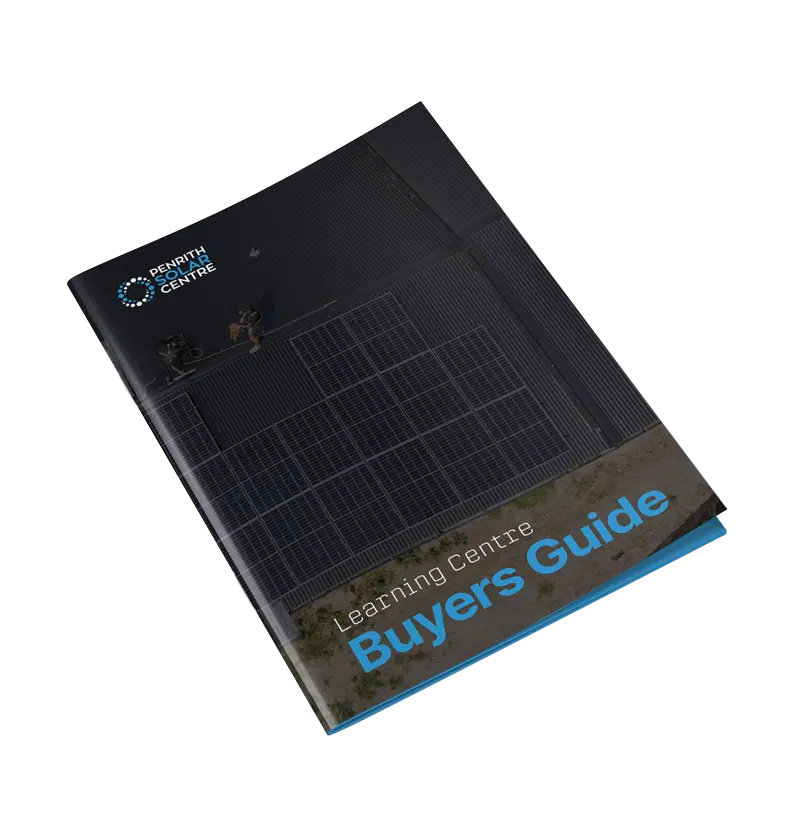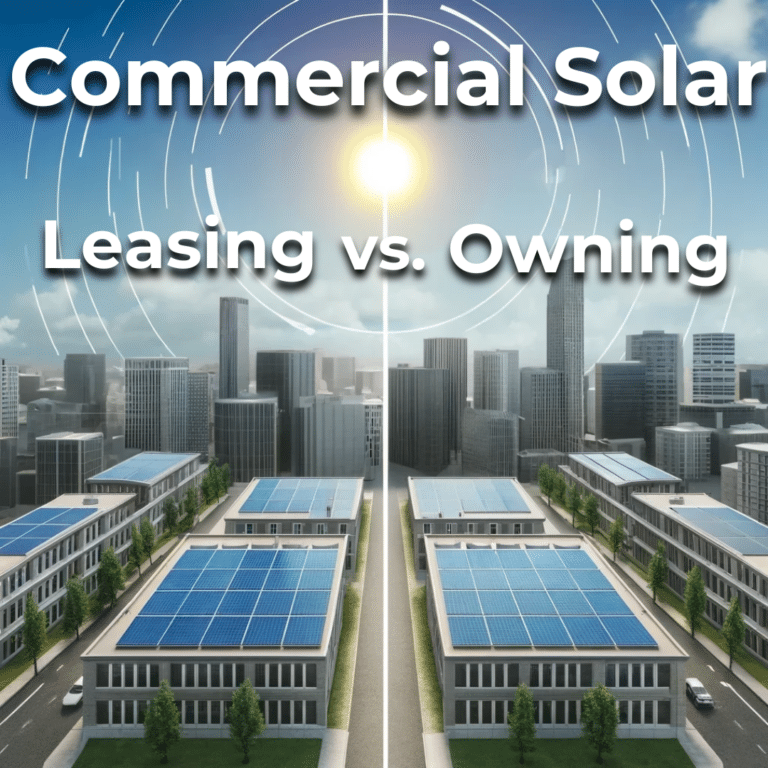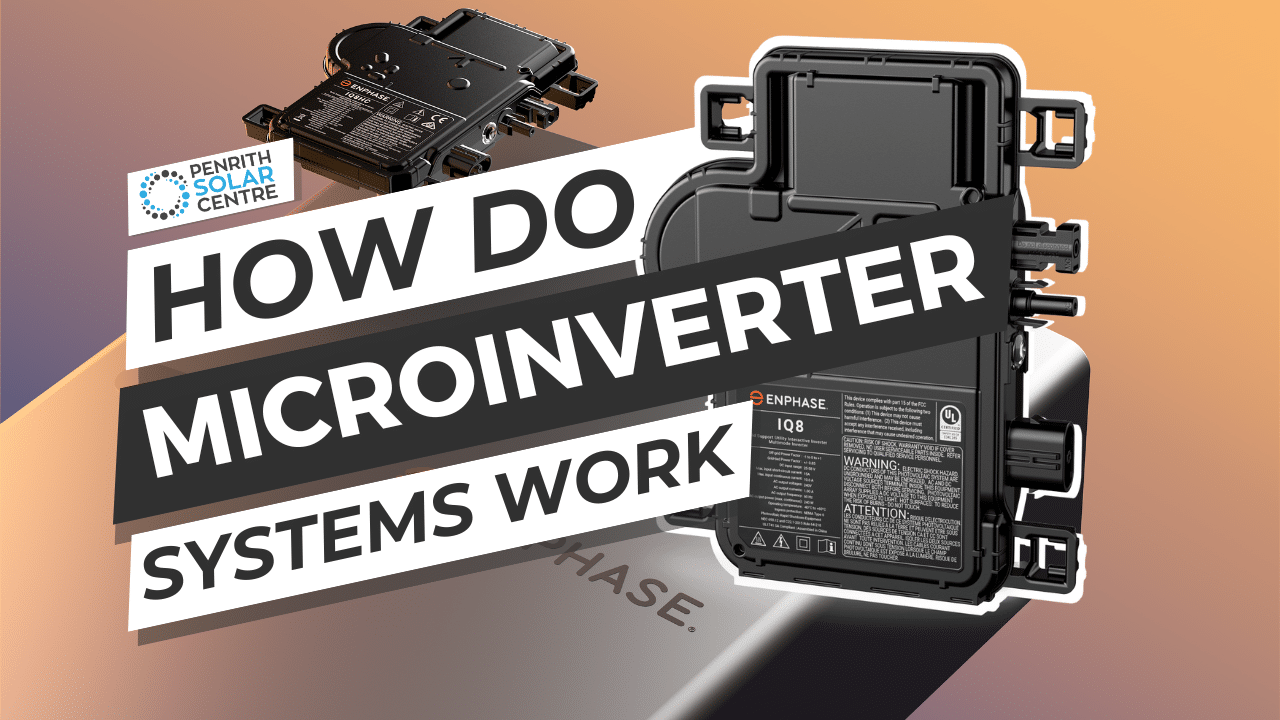
While researching different solar systems, you’ve probably come across the term “inverter.” There are string inverters, hybrid inverters, and microinverters. They are three different pieces of technology, but they all do the same thing. They convert DC (direct current) power into AC (alternating current) power from the sun to your home.
But how does it happen?
At Penrith Solar Centre, we know a thing or two about microinverters. We install them all day long and understand their inner workings down to the finest detail.
In this article, you will learn:
- How Does Sunlight Convert to Energy in My Solar Panels?
- How Does a Microinverter Convert DC Power to AC Power?
- How Does Electricity Travel from the Panels to Your Home?
By the end of the article, you’ll understand the process of collecting energy from the sun. Up, up, and away!
How Does Sunlight Convert to Energy in My Solar Panels?
Earth’s sun is about 150,000,000 kilometres away, give or take a few thousand k’s. Ultraviolet radiation travels through our atmosphere as sunlight and hits the solar panels. Solar Panels are made up of individual solar cells, composed of silicon semiconductors.
The sun’s energy, in the form of UV radiation (sunlight), excites the electrons in the solar cells. The electrons become negatively charged and move towards the surface of the solar cell. This creates a current. This is how DC electricity is generated.
At the surface of the solar cell, a metal gridwork collects the free electrons. This gridwork made up of strips called busbars and thin wires that connect the solar cells to each busbar called fingers. The busbar is usually made of silver, though some can be copper or aluminium. A busbar collects energy and redistributes it.
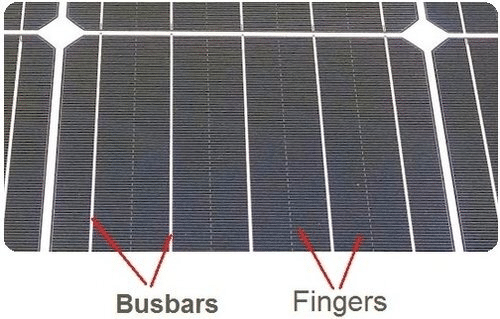
The busbar directs the energy to a central point in the solar panel. This central point is called the junction box. The energy is still at DC at this stage. From there, it’s routed to the microinverters.
If you’d like to learn a bit more about how we service microinverters, you might want to check out the following article titled, Is It Hard to Replace Enphase Microinverters?
How Does a Microinverter Convert DC Power to AC Power?
The DC power exits the panel and goes straight into the microinverter.
It’s the microinverter’s job to optimise and convert that energy to AC power. Every microinverter uses power point tracking to optimise the power it collects and outputs. It takes that information from the power point tracking and uses it to convert the DC power straightaway into AC power.
This is the heart of the microinverter’s function: converting DC power to AC power.

DC electricity behaves differently from AC electricity. Imagine that DC electricity travels in a straight line while AC electricity is a series of waves.
The microinverter turns this straight line into a ‘wavey’ line. That’s its job. This is achieved through a method known as pulse width modulation (PWM), which generates an alternating current (AC) waveform from direct current (DC) electricity. In essence, it transforms DC electricity to mimic the AC waveform.
The process begins with a reference signal, which is in waveforms since that’s the ultimate output of the microinverter. The microinverter then compares this reference signal with the DC electricity it receives. When it detects a discrepancy between the two, it generates an error signal. In response, the microinverter recognises the mismatch and initiates corrective actions to align the signals.
The microinverter then generates high-frequency pulses that change the frequency of the DC current. It’s adjusted to create a smooth wave signal that matches the reference signal from the grid. This newly formed wave signal is an alternating current (AC electricity).
The AC electricity generated by the microinverter must be in sync with the grid’s AC frequency and phase. In Australia, that frequency is 50 Hz. If a microinverter and the grid are out of sync, the power flowing through the circuitry cannot be use by connected devices. Microinverters sync their AC output with the grid’s. This makes sure there’s a smooth integration of solar-generated electricity with the grid.
If you’re interested in learning a bit more about how microinverters work, you might want to check out the following article titled, Do You Need Microinverters If You Have Bypass Diodes on Your Solar Panels?
Ready to go solar? Click here.
How Does Electricity Travel from the Panels to Your Home?
Once the AC electricity is output by the microinverters, it then passes through a trunking cable. Every microinverter in the solar array is plugged into the same trunking cable that ends up connecting to your switchboard. It’s like a train track where each microinverter is a station and the electricity is boarding.
All that power is sent directly to the switchboard. Like water flowing downhill, the electricity will find its way to the nearest appliance through the path of least resistance.
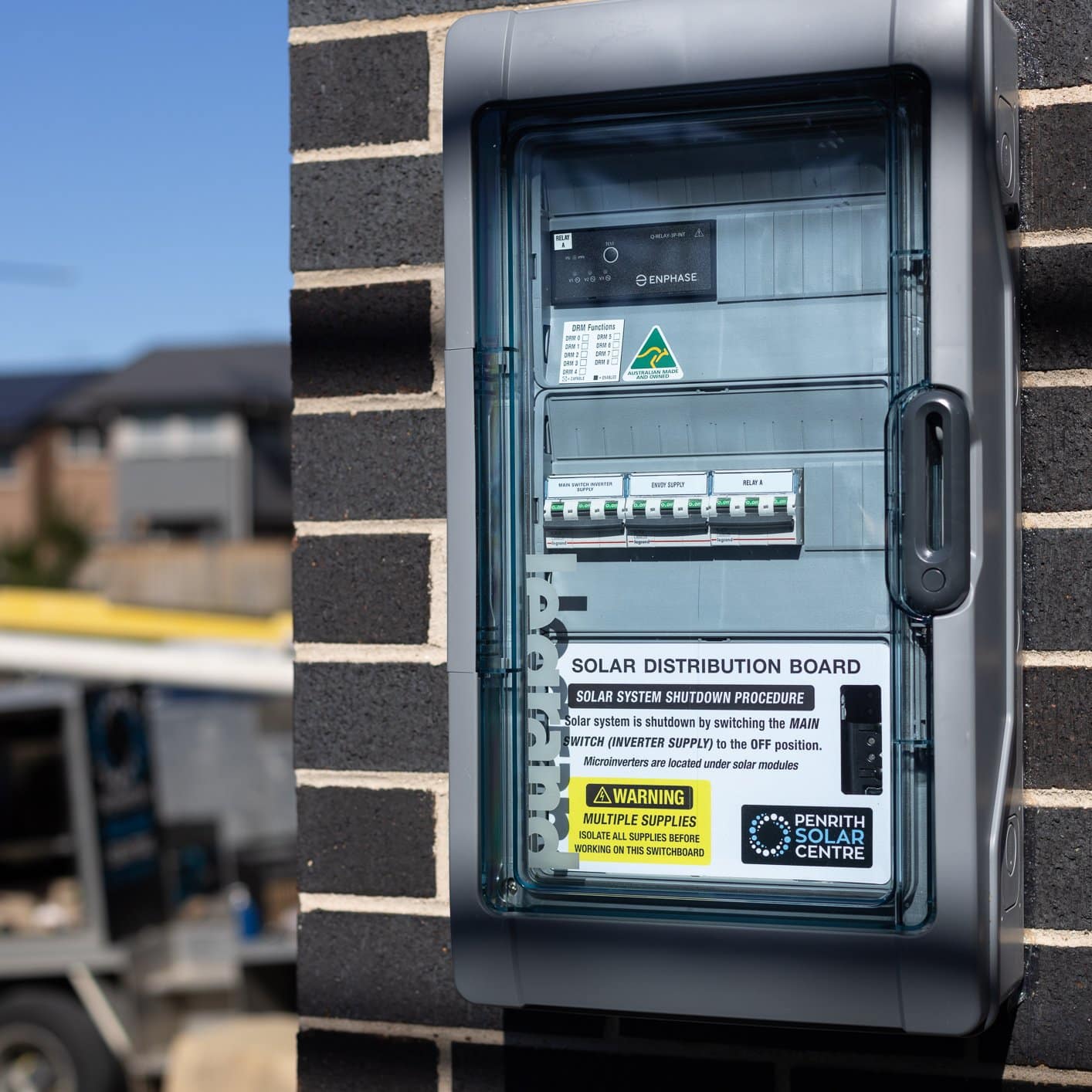
Because the electricity works like water in your pipes by following the path of least resistance, the energy your home uses will first come from solar energy. If your solar system is producing more than you’re using at home, it will first supply your home and then any excess will go to the grid.
The AC electricity becomes part of the electricity available for powering your lights, appliances, and other devices, just like the electricity supplied by your utility company. Everything in your home runs on AC power.
If you’re interested in learning a bit more about shopping for a solar system, you might want to check out the following article titled, 6 Mistakes to Avoid When Buying Solar.
Wrapping Things Up
Now you know how important the microinverter is on the journey sunlight takes to reach your lights and appliances. Understanding microinverter systems’ role in converting sunlight to energy reveals their importance in increasing energy efficiency and harnessing solar power.
At Penrith Solar Centre, we want you to get the solar system of your dreams. Whatever inverter type you decide on, make sure you ask your solar consultant questions and do your research. Microinverter systems are a remarkable advancement in solar technologies, but they aren’t a perfect fit for everyone.
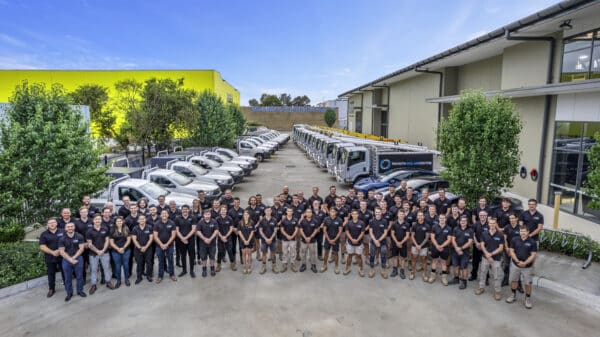
If you’re interested in learning a bit more about the process of choosing components for your solar system, you might want to check out the following article titled, How to Shop for a Solar System.
